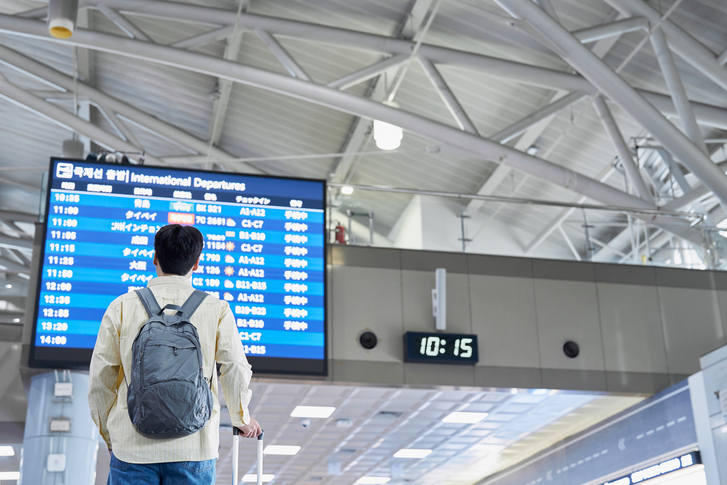 |
(Getty Images Bank) |
Immigration of a permanent type to South Korea jumped by 50.9 percent last year, the second biggest surge among the 38 member countries in the Organization for Economic Cooperation and Development.
In an OECD report titled “International Migration Outlook 2024,” released last week, a record 6.5 million people moved to the 38 high-income countries committed to democracy which make up the OECD last year, up 10 percent from 2022. The United States was the top destination country, adding 1.18 million lawful permanent residents, followed by the UK, with 746,900. Germany with 692,700 and Canada 471,700.
South Korea saw 87,100 long-term, permanent-type immigrants settle here in 2023, up from 57,800 the previous year, marking a 50.9 percent jump, according to the report. The surge was second to the UK, which reported a 52.9 percent increase from the previous year’s 488,400.
"Permanent-type" immigrants also include those who changed their status from a temporary to a permanent one.
Korea saw a sharp rise of 47 percent in family migration in 2023 -- 18,000 people -- due to the rise in F-6 visas for spouses of Korean nationals by 45 percent to 14,400 people.
In seasonal migration, Korea saw a relatively large increase. Specifically, 25,539 people arrived here as seasonal workers in 2023, up 212 percent from the previous year.
According to the OECD report, this uptrend was led by the introduction of a new seasonal program for agricultural and fishery workers in 2021, which granted 25,500 visas in 2023 compared with 8,200 in 2022.
Immigration rules were also eased for seasonal workers in 2021, according to local reports.
The Korean government has implemented various policies to introduce more immigrant workers, in a bid to address the lack of people willing to do certain types of work and amid the country's declining and rapidly aging population.
Korea expanded the quota for the nonprofessional migrant workers from the 16 countries under the Employment Permit System, with the E-9 visa, to 165,000 this year, up from 120,000 last year. E-9 visa holders can currently work in agriculture, fisheries, manufacturing, construction, restaurants serving Korean food, hotels and resorts, forestry and mining.
In August, 100 caregivers from Philippines arrived in Seoul under the E-9 visa in a joint six-month pilot program through the end of February.






![[Herald Interview] How Gopizza got big in India](http://res.heraldm.com/phpwas/restmb_idxmake.php?idx=644&simg=/content/image/2024/11/20/20241120050057_0.jpg)
